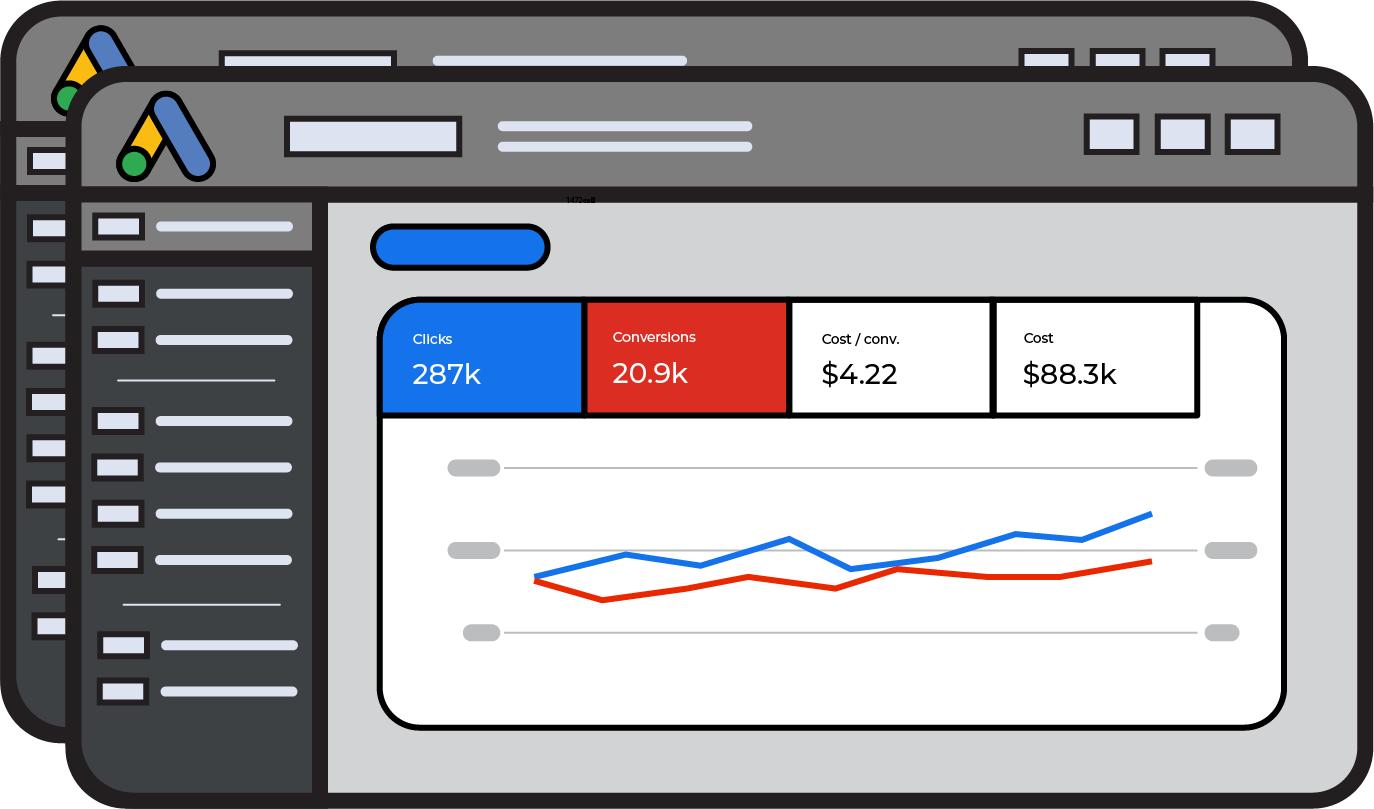Google Ads’ latest tag is simply called “Google Tag.” This code allows Google Ads and other Google tools to track activity on your website and return information to the respective Google Tools.
Why you need to implement Google Tag
Browser security has been changing, tightening restrictions on third-party Cookies.
If you’re unfamiliar with browser cookies, they are simple text files saved to your computer that store information. The information varies depending on what the author of the cookie wants to track. As a site owner, you may want to save a user’s preferences to the cookie, then when they return, set their browser experience accordingly. It could be language, layout, or some IDs that indicate who they are (non-PII-based).
Third-party Browser Cookies
Third-party cookies, as the name suggests, are created by and transmit the information from these text files to another domain. However, due to security and privacy concerns, this cross-domain access to cookies is being phased out from most browsers, requiring a shift in tracking methods.
Until recently, most tracking tools, including Google’s, relied on third-party cookies to save and share information with services like Google Ads. Safari restricted this a while back. Google Chrome will be in early 2025 (perhaps; the time keeps getting pushed back). Eventually, however, browsers will no longer support these.
The Google Tag is a tracking method that does not rely on third-party cookies. When cookies are blocked, the Google Tag will be the only way to provide data back to Google Ads to track conversions and help optimize the advertising.
Enhanced Conversions with Google Tag
Google Tag is part of a toolset that combines ad data with site data and AI/ML to optimize advertising programs. To fully leverage the capabilities available, advertisers need to implement Enhanced Conversions as part of the Google Ads program. Enhanced Conversions collects user-provided data from forms and checkouts back to Google Ads to provide the AI with value and user data. This is used to improve the campaign performance.
Automated Detection
Google Tag can detect form fills and read the user-provided data automatically. Google Tage is the quickest way to implement Enhanced Conversions. But, it is also dependent on Google correctly picking up the signals.
Manual Implementation
You can manually implement form data transmission through Google Tag Manager(GTM). This requires familiarity with HTML elements, Javascript, and GTM configuration. With GTM, you can test the process to see what is sent to the Google Tag.
Privacy Policy for Enhanced Conversions
Implementing Google Ads Enhance Conversions requires sites to conform to privacy disclosure policies. When implemented, check the latest Google Requirements for user notification. A link will be shown to you during the setup process.
Two trends are converging with the implementation of Google Tag. First, Artificial Intelligence and Machine Learning are replacing manual optimization. Second, browser privacy concerns are pushing us into new methods of measuring ad performance and collecting information. Combined, these have the potential to increase ROAS significantly while reducing time spent in the weeds of managing ad programs.

